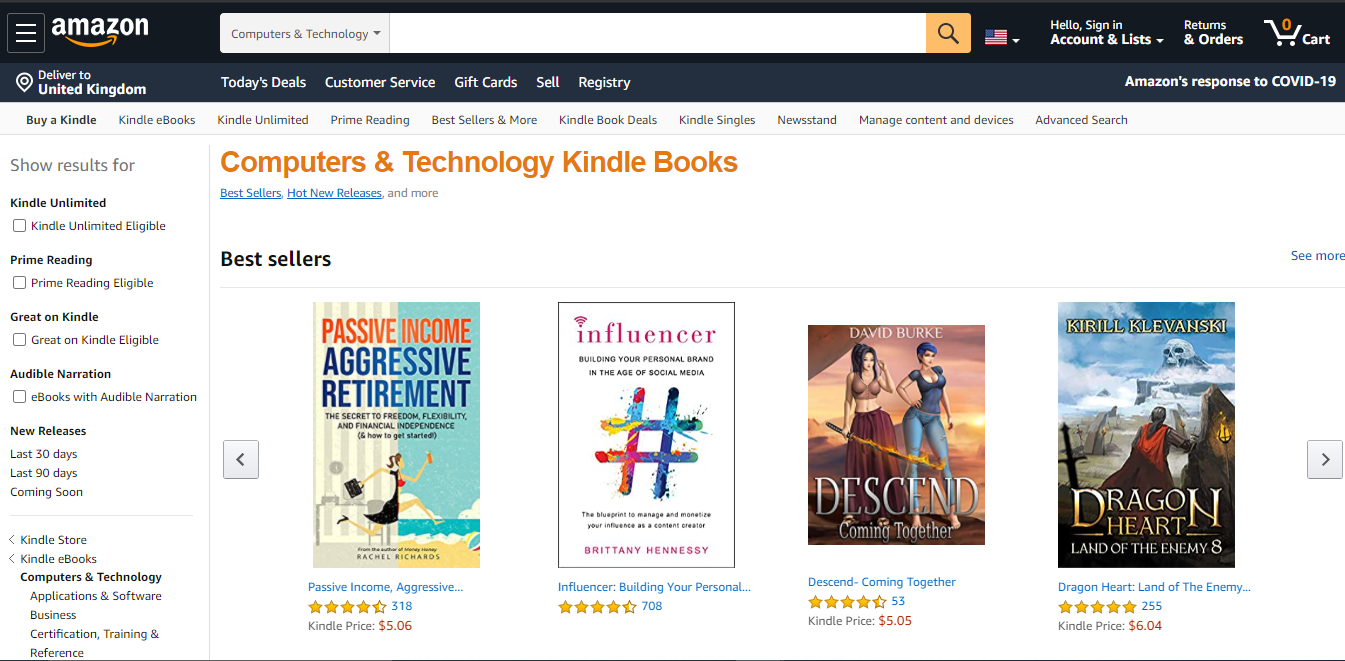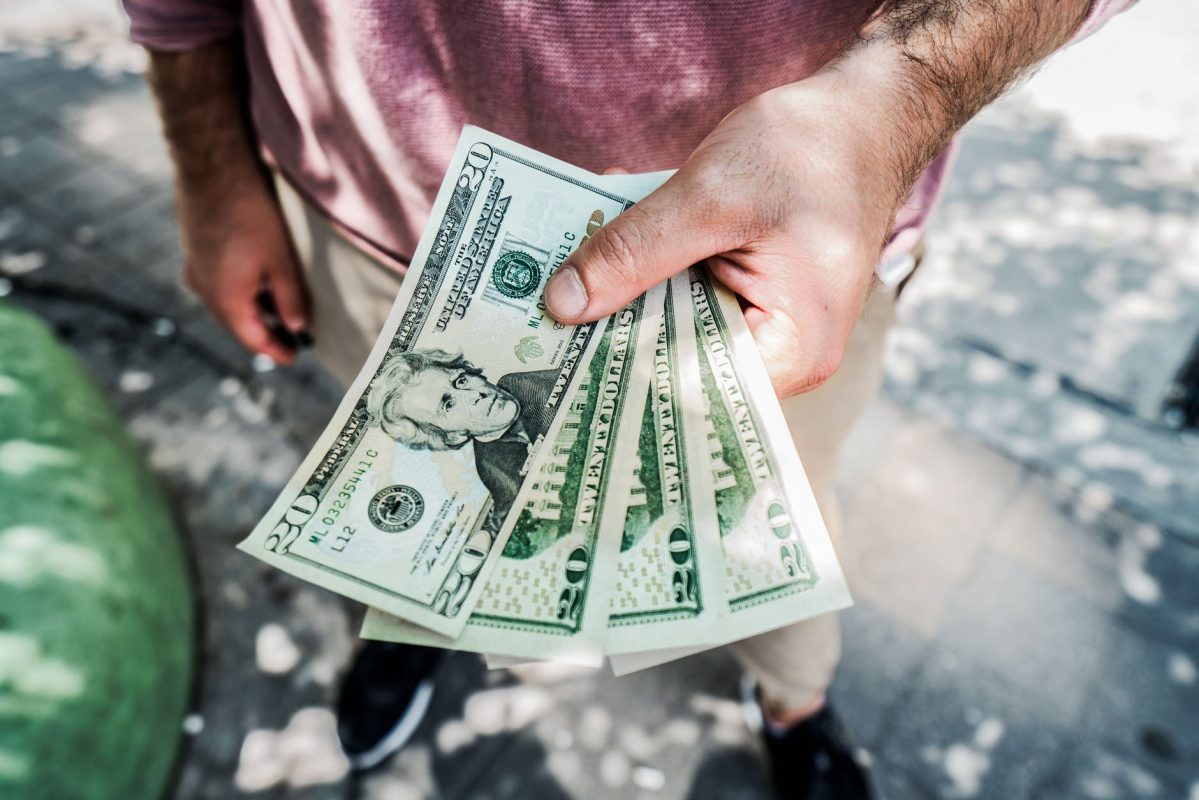Blog
5 Ways to Price Your Kindle Book for More Sales.
Pricing, understandably, has a huge impact on how much revenue and profit you make as a Kindle author. Often authors get tangled up in Amazon Kindle centric pricing techniques, however, there are a number of tried and true pricing techniques that work in all scenarios, offline and online, and that includes the Kindle marketplace.
I’m going to cover the main pricing techniques that you can potentially implement, below…
1. Take An Average.

One of the best ways of pricing your Kindle book is to note down the prices of 20-100 of the best selling books in your category, which we will call your sample set, and then add up the total selling price of all of the books in your sample set and divide that number by the number of books in your sample set.
This will give you a really strong idea of how much to price your book at. The more books you include in your sample set the more accurate your idea of how much you should price your book at will be.
2. Price For Volume Sales.

Pricing for volume can be a very effective pricing strategy, as the higher number of sales over a small period of time is also a ranking factor in the Amazon kindle algorithm and will cause your book to rank higher for the keywords that are relevant to it, thus more people will see it when searching, leading to more sales, which becomes a positive feedback loop.
When you price for volume, your goal is to sell as many Kindle books as possible. With this strategy, you are not trying to make the most profit per sale, but trying to make the most overall profit, through the higher volume.
When you price for volume it is a good idea to price the book at the cheapest possible price you would be happy with.
3. Price For Higher Profit Per Sale.

The opposite to pricing for volume sales is pricing to gain the highest profit per sale.
With this strategy you are trying to price as high as possible and still gain sales.
This strategy works especially well if you are trying to build up additional perceived value and exclusivity around your book and works well for detailed non-fiction books more so than fiction books.
4. Low Then High.

The “low then high” pricing strategy is where you price the book as low as you possibly can and then raise the price slightly every day, or other day, paying close attention to the sales figures each day and then stopping when you have reached the highest price that is still leading to the number of sales you are happy with.
5. High Then Low.

Conversely, the “high then low” strategy goes the other way. With this pricing strategy you price the book as high as you possibly can within your genre/category and then slowly reduce the price slightly every day, or every other day, paying close attention to the sales achieved at each price and then stop when you have reached the highest possible price that is resulting in the daily/weekly sales numbers you are happy with.

